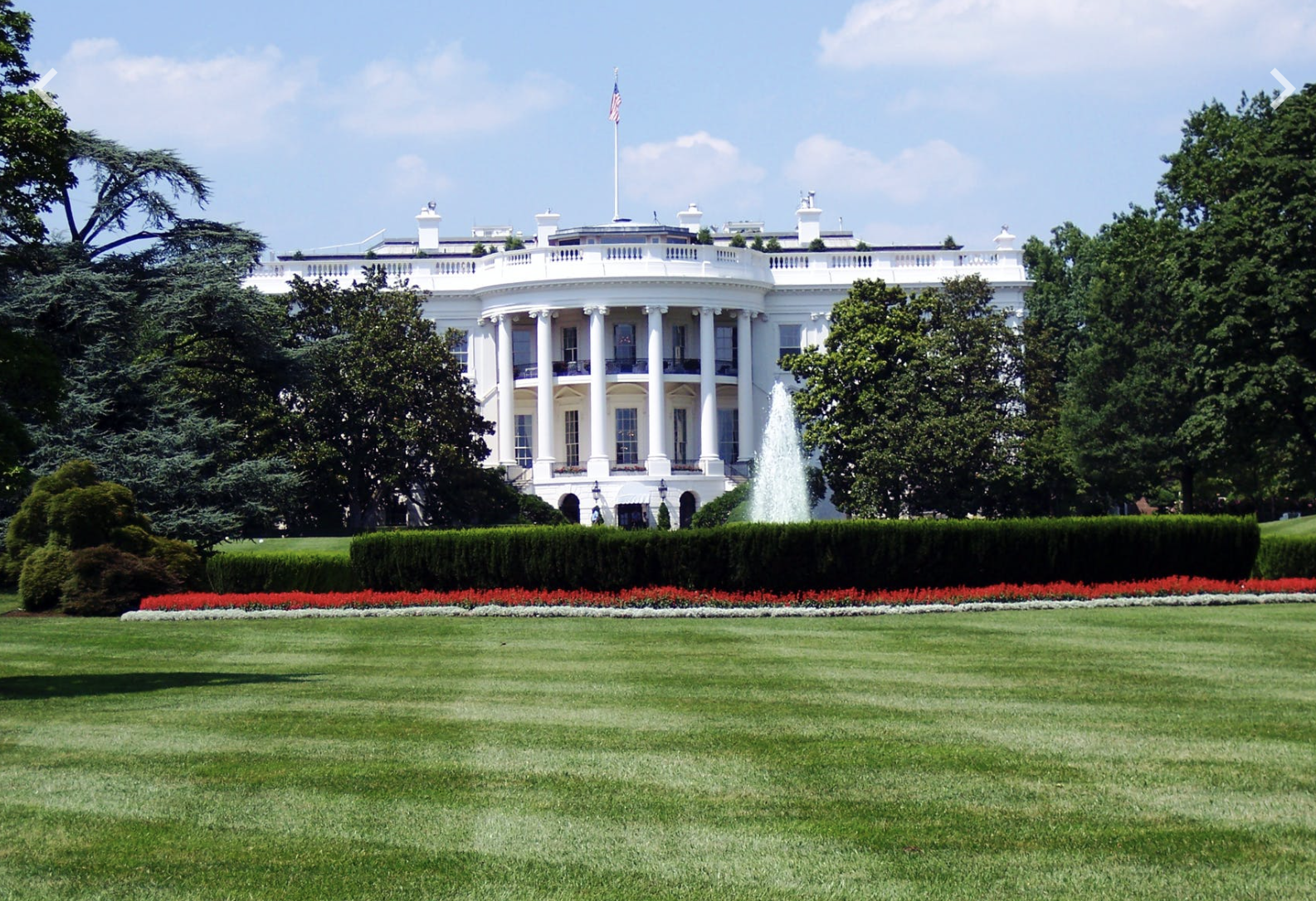
Today, President Trump released his FY 2020 budget proposal, including $1.313 trillion in discretionary proposals (a reduction of $24 billion from his FY 2019 proposal). On the healthcare front, the budget requests an additional $500 million in funding devoted to childhood cancer research, $291 million to eliminate most new HIV infections within 5 years and 90 percent within ten years, funding to continue to fight the opioid epidemic, and a number of proposals related to prescription drug pricing. These proposals will require Congress to include their funding in FY 2020 appropriations bills, and in some cases to amend authorizing statutes in order to implement major policy changes.
The FY 2020 budget requests $87.1 billion in discretionary funding for HHS, a 12 percent decrease from the amount enacted in FY 2019. In addition, it proposes an additional $1.249 trillion in mandatory savings over the next ten years. The President’s proposals include:
- An additional $4 million to increase the number of providers who can supply medication-assisted treatment for opioids
- Requiring states to spend at least 10 percent of their Medicaid and other block grant funding on ensuring protections for high-cost individuals in the healthcare marketplace
- Increasing state-based flexibility in Medicaid reform
- Additional prior authorization flexibility for Medicare
- Medicare flexibility to cover non-durable medical equipment for the treatment of diabetes
- An intensive testing and referral effort coordinated by CDC to dramatically lower the rate of new HIV infections and additional funding for care and treatment of those living with HIV
- Significant reduction in the Public Health Service Commissioned Corps staffing levels and creation of a Reserve Corps
- A new user fee on e-cigarettes to address the “vaping” epidemic
Proposals to Reduce Prescription Drug Costs in Medicare
As part of the Administration’s emphasis on reducing drug prices, the budget contains a number of proposals to lower prescription drug costs. These proposals will likely require additional rulemaking or legislative changes before being effective. These proposals include:
- “Modernizing” the Part D benefit by:
- Increasing formulary flexibility
- Eliminating cost-sharing on generic drugs for low-income beneficiaries
- Applying rebates at the point of sale
- Excluding manufacturer discounts from out-of-pocket cost calculations
- Establishing an out-of-pocket maximum in the catastrophic phase
- Modifying payment for Part B drugs by:
- Limiting Medicare drug payment increases to inflation (CPI)
- Reducing payment for new drugs from 106 percent to 103 percent of wholesale acquisition cost (WAC)
- Requiring all manufacturers to report average sales price (ASP) data and adding penalties for noncompliance
- Moving certain drugs from Part B to Part D where negotiating power might be valuable
- Requiring a minimum amount of charity care in order to receive uncompensated care payments through the 340B program
The budget also requests new demonstration authority for state drug coverage and payment reforms in five states, as well as proposals to make development of generic drugs faster. Receiving reduced mention is the Administration’s previous International Pricing Index advance proposal, which seems to now focus on studying drug price disparities between the US and overseas. Future regulatory and legislative changes are briefly mentioned, without specifics.
We will continue to monitor significant developments related to the budget as more information becomes available and will provide more detailed summaries of major proposals as they are released publicly. If you have any questions about how these proposals might affect your business and the patients you serve, please don’t hesitate to contact us.
Applied Policy in the News
x
Meet the Team
x
Philanthropy
x


